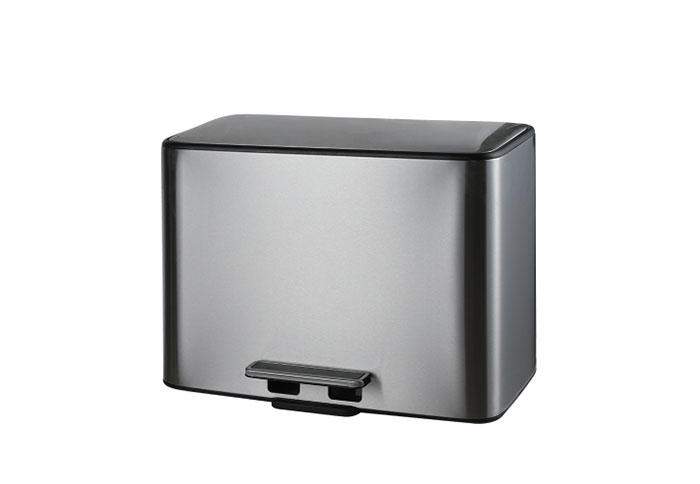Compartment trash can vs. Regular bin: which is better for your needs
Compartment Trash Can vs. Regular Bin: Which is Better for Your Needs?
In today's fast-paced world, waste disposal has become an integral part of our daily lives. With the increasing focus on sustainability and eco-friendliness, the need for efficient and organized waste management has become more prominent. Two common options for waste disposal are the Compartment Trash Can and the regular bin. In this article, we'll compare the two options to help you determine which one is better for your needs.
Regular Bins
Regular bins are typically single-compartment containers that collect all types of waste in one place. They are generally made from durable plastic or metal and are available in a range of sizes to fit different needs. The main advantage of regular bins is their simplicity and cost-effectiveness. They are easy to install and require minimal maintenance, making them a suitable choice for those who don't have a specific waste separation requirement.
However, regular bins have some significant disadvantages. First, they don't provide any organization for different types of waste, making it difficult to separate recyclables from non-recyclables. This can lead to increased greenhouse gas emissions as more waste ends up in landfills. Second, regular bins can become unsightly and odorous over time if not properly maintained or emptied regularly.

Compartment Trash Cans
Compartment Trash Cans, also known as multi-compartment bins, are designed with separate compartments for different types of waste. They often have separate sections for paper, food waste, plastic, and glass containers, making it easy to separate waste before disposal. Compartment trash cans are typically made from sturdy materials such as plastic or metal and feature sleek designs that are both functional and aesthetically pleasing.
The main advantage of compartment trash cans is their organization and eco-friendliness. By separating waste into different compartments, you can easily dispose of recyclables, reducing the amount of waste sent to landfills. This not only helps conserve natural resources but also reduces greenhouse gas emissions associated with waste production. Additionally, compartment trash cans are more hygienic as they minimize the mixing of different types of waste, reducing odors and pests.
However, compartment trash cans may have a higher initial cost compared to regular bins. They also require more effort to empty and maintain as each compartment needs to be emptied separately. Additionally, if not properly used, compartment trash cans can still result in mixed waste if users fail to separate waste correctly.
Conclusion
In conclusion, both regular bins and compartment trash cans have their own advantages and disadvantages. Regular bins are simple, cost-effective, and suitable for those who don't have a specific waste separation requirement. Compartment trash cans offer more organization, eco-friendliness, and hygiene but require more effort to maintain and may have a higher initial cost. Which one is better for your needs depends on your specific requirements and lifestyle habits. If you prioritize sustainability and waste reduction, a compartment trash can may be a better choice as it allows for easy separation and disposal of recyclables. If simplicity and cost-effectiveness are your main considerations, a regular bin may be more suitable for your needs.
